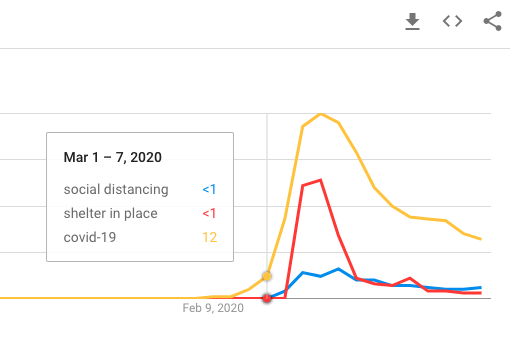
.@jan_dutkiewicz strikes again with another diligently referenced, methodical parsing of the contradictions among what's touted and what's actually possible *at scale* in meat sustainability.
Provocative headline but a detailed and thoughtful piece.
newrepublic.com/article/162441…
Provocative headline but a detailed and thoughtful piece.
newrepublic.com/article/162441…
The nuance I'll add (which Jan covers but may not be apparent from a glance at the thumbnail) is that I think we actually *can* have our cake (meat) and eat it too if we think bigger — beyond incremental improvements, to taking the animal out of the equation altogether.
Here's the crux of it: "Proponents of regenerative agriculture also offer no mechanism for reducing the amount of mass-produced meat consumers currently buy...."
"The alternative food system mantra of 'less meat but better meat' runs into the same theory-of-change problem that vegans have: It relies on convincing individual consumers to make more ethical choices in the market."
We need "yes, and" thinking for addressing the environmental footprint of meat.
Yes, vegan diets are tractable for *some* consumers. Yes, regenerative ag meat is tractable for *some* consumers.
But neither of those in isolation get us where we need to be. SCALE is everything.
Yes, vegan diets are tractable for *some* consumers. Yes, regenerative ag meat is tractable for *some* consumers.
But neither of those in isolation get us where we need to be. SCALE is everything.
• • •
Missing some Tweet in this thread? You can try to
force a refresh




